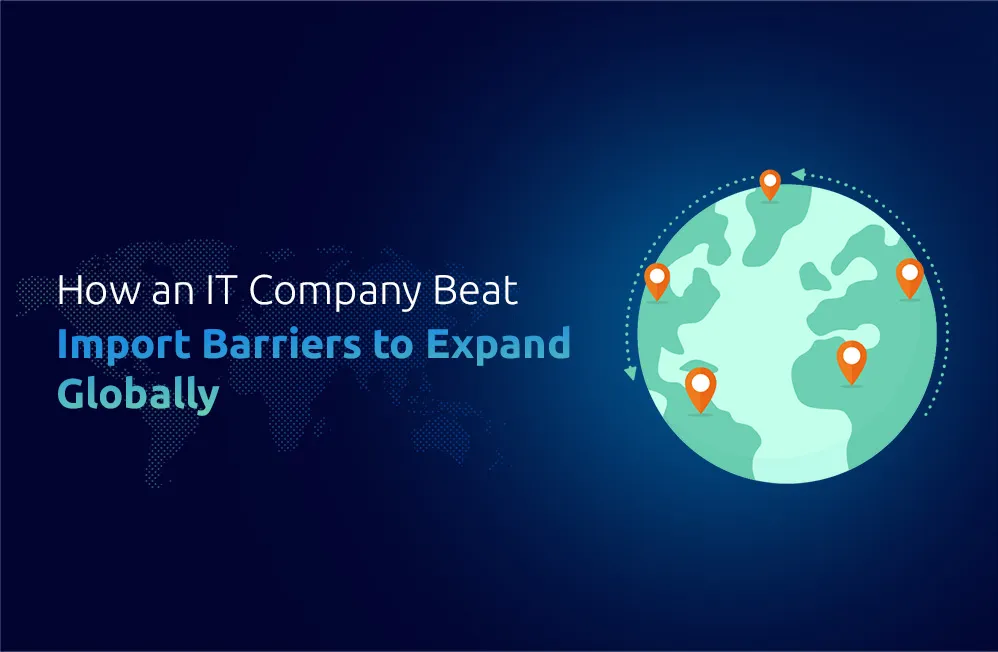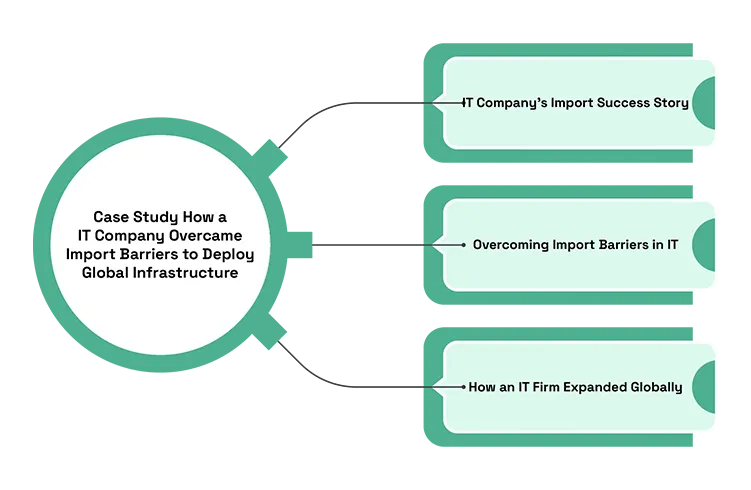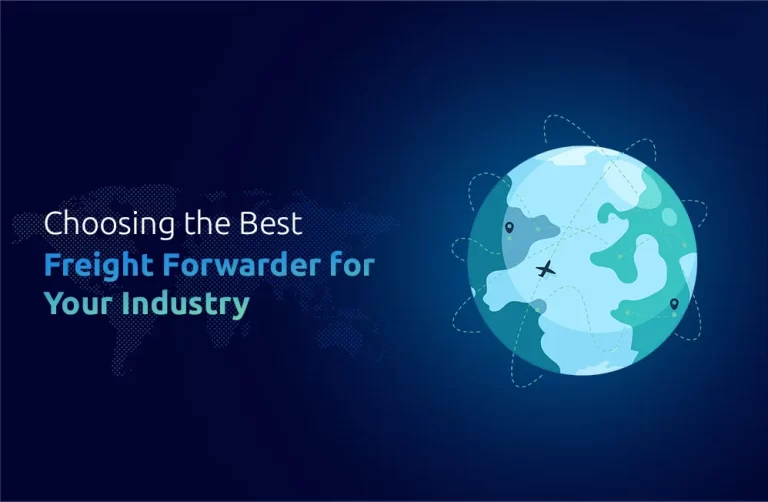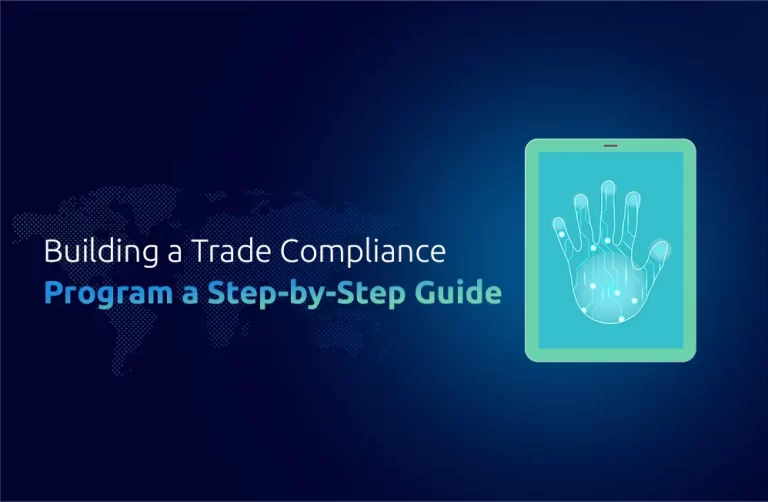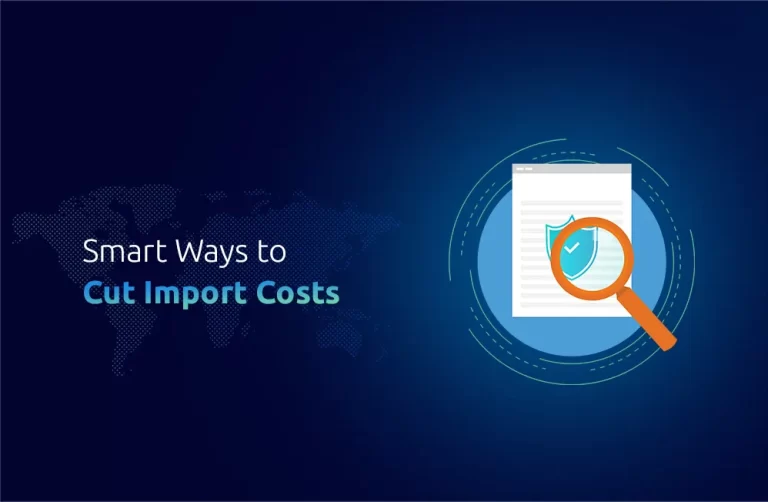Insight
Globalization means businesses must meet world demands by building complex systems in various countries. Even so, going global usually brings some obstacles. Overcoming import barriers is one of a company’s hardest and most important tasks. The problems faced include limits set by regulations, greater tariffs, and delays in shipping. For an IT company, handling these challenges is essential because long waiting times for equipment can cause service problems and make reaching out to new, rapidly growing sectors hard. We will analyze how the company broke through import challenges and introduced global infrastructure, ensuring all important equipment for data centres, transport, and medicine arrived on schedule and under budget.
The Challenge: Overcoming Import Barriers
The start of building global infrastructure is recognizing businesses’ difficulties when importing critical goods. Many obstacles stood in the way of the IT company. Many obstacles stood in the way of the IT company. The company brought cutting-edge IT systems and technology from overseas to help set up its data centres. There are several difficulties in importing such equipment, including handling different trade policies, meeting customs needs, dealing with tariffs, and organizing transportation.
At first, dealing with the rules for global trade seemed difficult. Import policies and customs processes are different in each country, and they can often make shipments take much longer. Soon after, the company discovered that these regulations were crucial for a simple and trouble-free process.
In addition, since the imported equipment faced high tariffs, the project’s expenses increased significantly. The imposition of tariffs may create a large financial strain for entities that need IT servers and networking equipment. The company experienced shipping delays thanks to packed ports and sudden interruptions brought on by global events.
Developing a Strategy: Building Partnerships and Compliance
In response, the company developed several approaches to face the import challenges. The process started by teaming up with important local partners in vital regions. Establishing local partnerships allowed the company to purchase parts from their area so that they were not so reliant on shipping abroad, which helped keep costs down. This way of working also made overcoming the difficulties brought by tariffs and slow shipment schedules easier.
As well as building partnerships nearby, the company gave significant attention to following all regulations. I had to be aware of the rules in charge of each country. The business hired lawyers and consulted with international traders to obey all the import regulations. The company was able to avoid delays in shipping thanks to its early systems with customs.
The company introduced a powerful supply chain management system to make the process more smoothly. With this setup, they could follow deliveries in real time and alert teams early when an issue was about to occur. Paying close attention to logistics enabled the company to control material movement efficiently and quickly adjust tactics when required to prevent delays.
Leveraging Technology to Improve Import Processes
Technology greatly helped to reduce the barriers to importing. The company used smart systems to track orders and ensure everything was on time. Using this technology, the company automated the import process, helping to avoid mistakes and speed up customs clearance time.
Using new technology in logistics and importation made the process operate more efficiently. Real-time monitoring allowed the company to make sensible choices and quickly solve emergencies; besides, improved communication made overcoming challenges with suppliers and the customs authorities smoother.
Optimizing Global Infrastructure Deployment
When import controls were handled well, the company shifted its attention to building its worldwide structure. The plan included the establishment of IT data centres and equipment for aviation, automobiles, and the medical sectors. The infrastructure was set up so the company could expand and respond to demands from a worldwide market.
An important element of this deployment was adding high-performance IT gear. The equipment was quickly set up in facilities worldwide after it was imported. Ensuring every data centre performed well, the company assured customers they would always enjoy high reliability and little downtime. After breaking down import barriers, the company could use advanced equipment promptly and boost its service delivery.
Getting past these challenges made it possible to cut company costs. The company’s efforts to better handle tariffs and decrease shipping times made it possible to charge lower prices to its customers. In addition, because of the improved supply chain, the company cut costs, increasing its profits.
Conclusion
Planning is important, as is using local partners and obeying all trade regulations to overcome import barriers. The strategies implemented by One Union Solutions aided it in responding to challenges and developing excellent infrastructure worldwide. As a result of properly managing resources and supplies and strong cooperation, the company ensured critical equipment was always there, helping its worldwide activities and setting it up for success in the future. We know that easing import issues and using worldwide infrastructure is important when our clients’ needs change.
Did You Know?
According to recent government research, global trade in IT and infrastructure equipment is expanding, with a forecasted annual growth rate of 3.5% for the next decade.
FAQs
What do import barriers mean, and how do they affect the rollout of global infrastructure?
Import barriers are the rules, taxes, and difficulties that prevent goods from moving freely across international lines. They often bring about delays, added expenses and trouble with the project timeline.
In what ways do companies manage to cross over import barriers?
Developing local partnerships, knowing about international trade regulations, improving logistics, and using technology help firms manage imports with more efficiency and less effect from barriers.
How does technology help companies deal with import barriers?
By using technology, companies can monitor their shipments, automate import steps, and talk easily with customs and suppliers, all of which help cut delays and smooth the process.
Why should compliance matter when you are working with import barriers?
Shipments that comply with all required laws avoid delays and expensive charges. Importing smoothly and on time requires you to comply with all regulations.
What lasting improvements do global infrastructure projects get if import barriers are overcome?
When import barriers are overcome, companies can install infrastructure as planned, make their operations more affordable and render services efficiently. It also improves a company’s ability to succeed and compete internationally.

